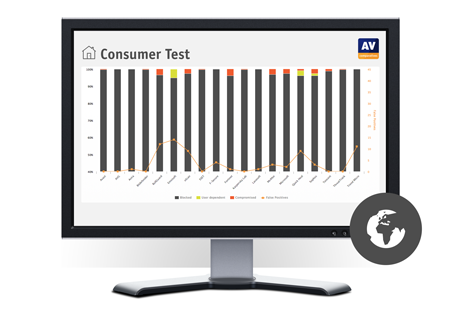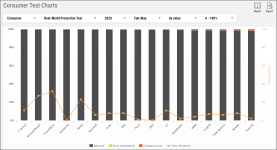Gandalf_The_Grey
Level 76
Thread author
Verified
Honorary Member
Top Poster
Content Creator
Well-known
- Apr 24, 2016
- 6,567
Introduction
Malicious software poses an ever-increasing threat, not only due to the number of malware programs increasing, but also due to the nature of the threats. Infection vectors are changing from simple file-based methods to distribution via the Internet. Malware is increasingly focusing on users, e.g. by deceiving them into visiting infected web pages, installing rogue/malicious software or opening emails with malicious attachments. The scope of protection offered by antivirus programs is extended by the inclusion of e.g. URL-blockers, content filtering, cloud reputation systems, ML-based static and dynamic detections and user-friendly behavior-blockers. If these features are perfectly coordinated with the signature-based and heuristic detection, the protection provided against threats increases.
In this test, all protection features of the product can be used to prevent infection – not just signatures or heuristic file scanning. A suite can step in at any stage of the process – accessing the URL, downloading the file, formation of the file on the local hard drive, file access and file execution – to protect the PC. This means that the test achieves the most realistic way of determining how well the security product protects the PC. Because all of a suite’s components can be used to protect the PC, it is possible for a product to score well in the test by having e.g. very good behavioral protection, but a weak URL blocker. However, we would recommend that all parts of a product should be as effective as possible. It should be borne in mind that not all malware enters computer systems via the Internet, and that e.g. a URL blocker is ineffective against malware introduced to a PC via a USB flash drive or over the local area network.
In spite of these technologies, it remains very important that also conventional and non-cloud features such as the signature-based and heuristic detection abilities of antivirus programs continue to be tested. Even with all the protection features available, the growing frequency of zero-day attacks means that some computers will inevitably become infected. As signatures can be updated, they provide the opportunity to recognize and remove malware which was initially missed by the security software. Other protection technologies often offer no means of checking existing data stores for already-infected files, which can be found on the file servers of many companies. Those security layers should be understood as an addition to good detection rates, not as a replacement.
The Real-World Protection test is a joint project of AV-Comparatives and the University of Innsbruck’s Faculty of Computer Science and Quality Engineering. It is partially funded by the Republic of Austria.

Real-World Protection Test February-May 2020
The first half year results of the ongoing Real-World Protection Test for February-May 2020 are now available.
 www.av-comparatives.org
www.av-comparatives.org


